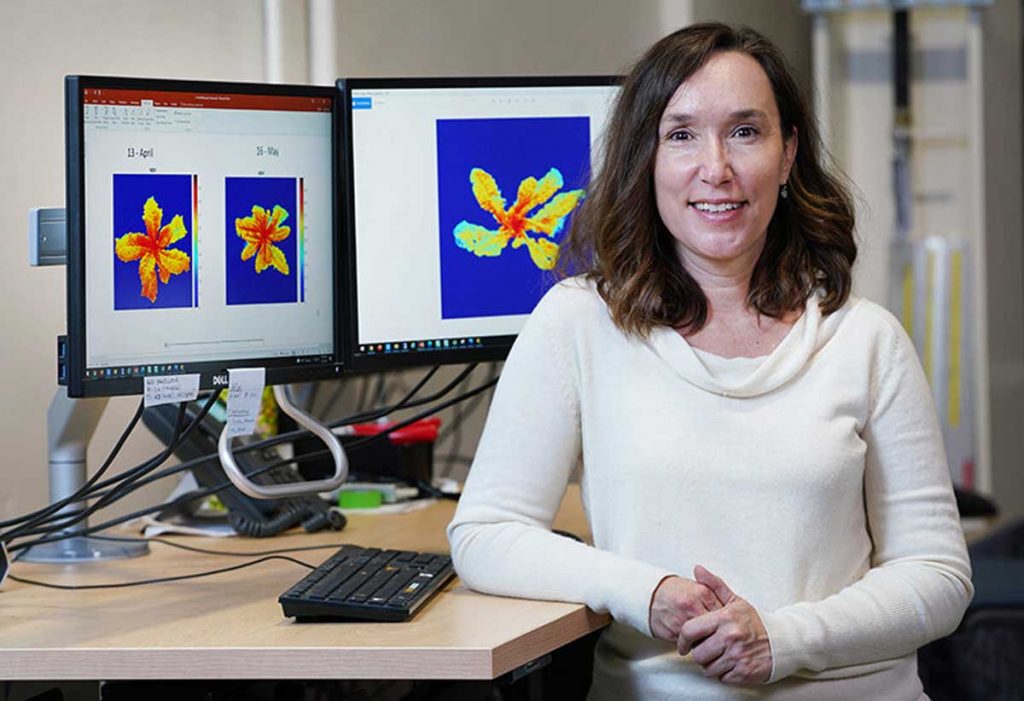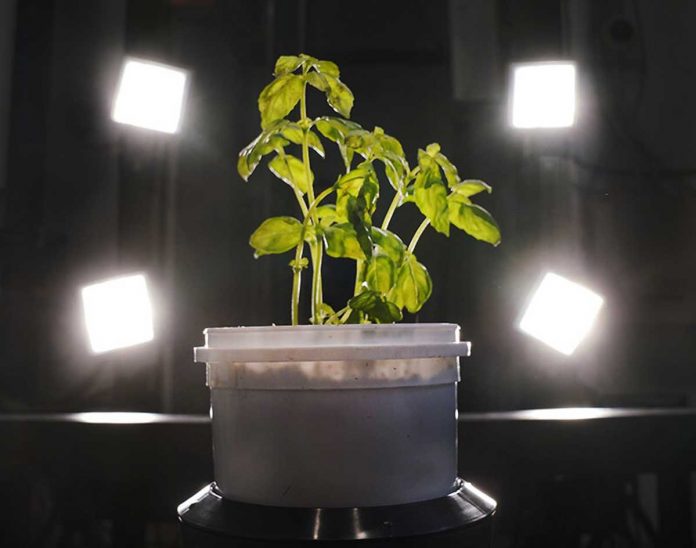Leafy greens turn purple though humans cannot see it. It can be seen through advanced hyperspectral imaging. Scientists from Purdue have discovered this colour change in kale and basil stressed by cadmium. It is a heavy metal toxic to human and animal health.
New detection method created a soil amendment that binds to the metal and keeps it from the plants. This provides food safety in baby food and prepared meals.
Hyperspectral detection is faster than traditional chemical analysis techniques. It does not need destruction of the plant being analysed. It also enables studies of the plants and soil amendments in various stages of plant development.
Cadmium is used in batteries. It is also bound to phosphate mined for fertilizers. This and other heavy metals from trash and pollution seep into the soil and travel to nearby farms. There crops absorb them. If we consume high levels of cadmium then we can suffer from kidney disease, bone problems and cancer.
Scientists sorted through thousands of different wavelengths. They wanted to see what combinations showed changes and indicates plant stress from the metal. Scientists then verified the method by using chemical analysis techniques.
The phenotyping facility have a set of imaging-based plant phenotyping systems. A phenotype is an observable characteristic of an organism. It results from genetic code and interactions with the environment. Scientists have only started to tap into its capabilities.
Plants travel by conveyor belt to an imaging station at intervals selected by the researchers, controlled-environment phenotyping facility. Scientists showed kale accumulated higher levels of cadmium than basil. But symptoms of cadmium stress were stronger in basil. Scientists also discovered the plants showed cadmium stress in early development.
Scientists also implemented a machine-learning algorithm to sort the data.

Scientists first thought the effect of cadmium toxicity stress on levels of chlorophyll production is a likely indicator. Scientists examined the green light spectrum. The colour change was very subtle. Scientists reviewed other stress-related changes in the plant. They have also reviewed other parts in the plant’s reflectance spectra. Scientists found changes in metabolites as the stress response offered a much clearer hyperspectral signal of stress.
Scientists evaluated “vegetation indices”. These are combinations of reflectance from different wavelengths. These have been identified as best for hyperspectral analysis of different plant properties. Scientists found the Anthocyanin Reflective Index. It is the best for detecting cadmium stress.
Scientists developed a specific vegetation index ratio equation for it. They also developed a soil amendment. They wanted to reduce the level of cadmium taken up by the plant. The research paper has been published in the journal Environmental Pollution.
The tested formulation slightly decreased cadmium levels in the plants. This can be used by farmers to simply use more of the amendment. But scientists will continue to adjust and improve the formulation.

